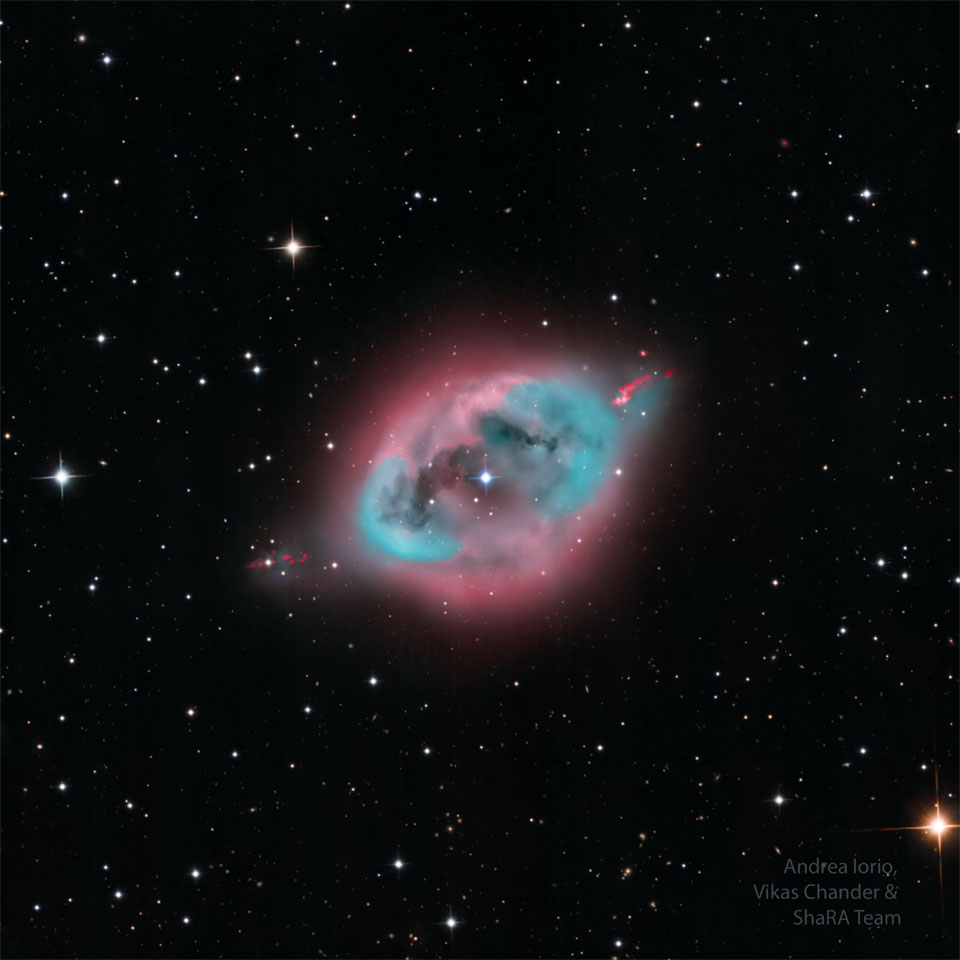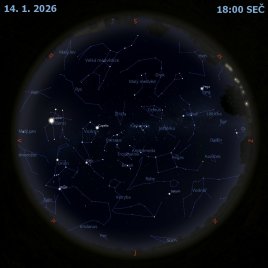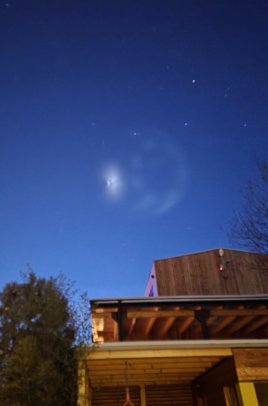NGC 1360: Mlhovina Vejce červenky

Uznání a copyright: Andrea Iorio, Vikas Chander & ShaRA Team
Tato pěkná mlhovina leží asi 1500 světelných let daleko, svým tvarem a barvou v tomto teleskopickém pohledu připomíná vejce červenky. Vesmírný oblak se rozprostírá na ploše asi 3 světelných let a je bezpečně usazen v hranicích jižního souhvězdí Pece (Fornax). Vejčitá mlhovina NGC 1360 se považuje za planetární mlhovinu, ale nepředstavuje počátek. Místo toho odpovídá krátké a závěrečné fázi vývoje stárnoucí hvězdy. Centrální hvězda v mlhovině NGC 1360 je ve skutečnosti binární hvězdný systém, který se pravděpodobně skládá ze dvou vyvinutých bílých trpaslíků, méně hmotných, ale mnohem žhavějších než Slunce. Jejich intenzivní a jinak neviditelné ultrafialové záření odloučilo elektrony z atomů v jejich vzájemně se obklopujícím plynném závoji. Modrozelený odstín uvnitř NGC 1360, který je zde vidět, je silná emise vznikající při rekombinaci elektronů s dvojitě ionizovanými atomy kyslíku.
Seznam odkazů v popisu
- Instagram.com: a_glimpse_of_universe: NGC 1360, a planetary nebula
- Wikipedia: File:American_Robin_Eggs_in_Nest.jpg
- NASA: What Is a Light-Year?
- Harvard.edu: Chandra: Fornax (furnace)
- Wikipedia: NGC_1360
- Wikipedia: Planetary_nebula
- Reddit.com: Foto: Thinking Cat is Thinking.. :-)
- Wikipedia: Stellar_evolution#Mature_stars
- arXiv.org: SALT HRS discovery of a long period double-degenerate binary in the planetary nebula NGC 1360
- APOD: 1997-02-19 Mizar Binary Star
- APOD: 2000-09-10 Chládnutí bílých trpaslíků
- APOD: 2022-11-06 Temná koule v invertovaném poli hvězd
- NASA: Ultraviolet Waves
- Wikipedia: Electron
- Wikipedia: Robin_egg_blue
- Wikipedia: Nebulium
NASA Official: Phillip Newman Specific rights apply. NASA Web Privacy Policy and Important Notices
A service of: ASD at NASA / GSFC & Michigan Tech. U.
Odkaz na originální APOD


